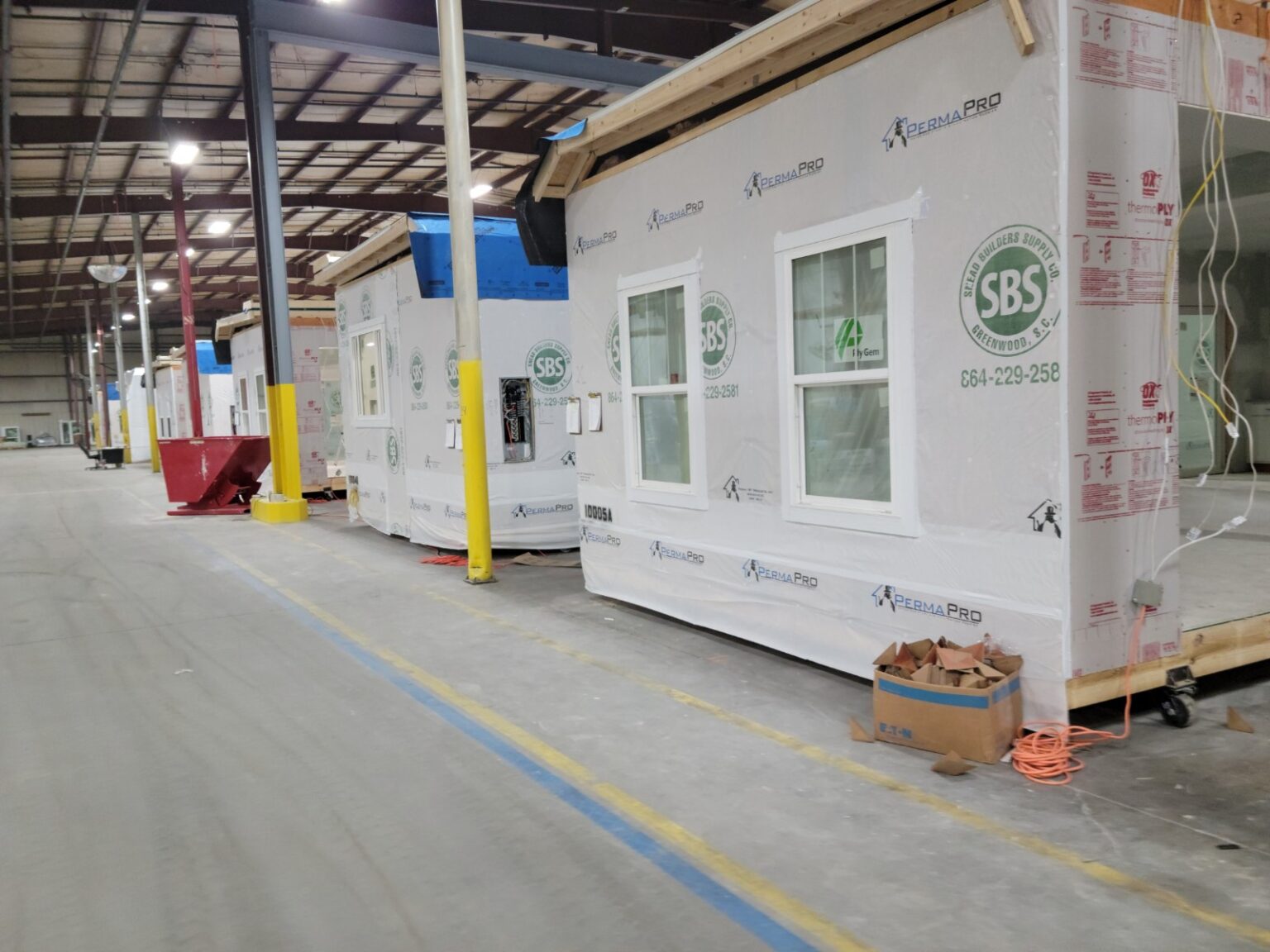Homelessness is a growing crisis in the United States, with more than half a million people experiencing homelessness on any given night.
Many of my posts on this blog have been about homeless villages and how they could help provide shelter, life instruction, health services, and other programs to promote helping their residents return to productive and safer lives.

Unfortunately, not all homeless villages are created alike with many falling short of their founder’s goals. What can help both older villages and the new homeless villages that are still in the planning stages is to find role models and mentors.
Here are some stories of the most successful homeless villages in the US, and the impact they are having on the lives of their residents:
Dignity Village, Portland, Oregon
Established in 2001, Dignity Village is a self-governed homeless community that provides shelter, food, and support services for up to 60 residents at a time. The village was created by a group of people experiencing homelessness who were tired of living in the shadows and wanted to create a safe and stable community for themselves.

Today, Dignity Village has helped hundreds of people transition into permanent housing and become self-sufficient.
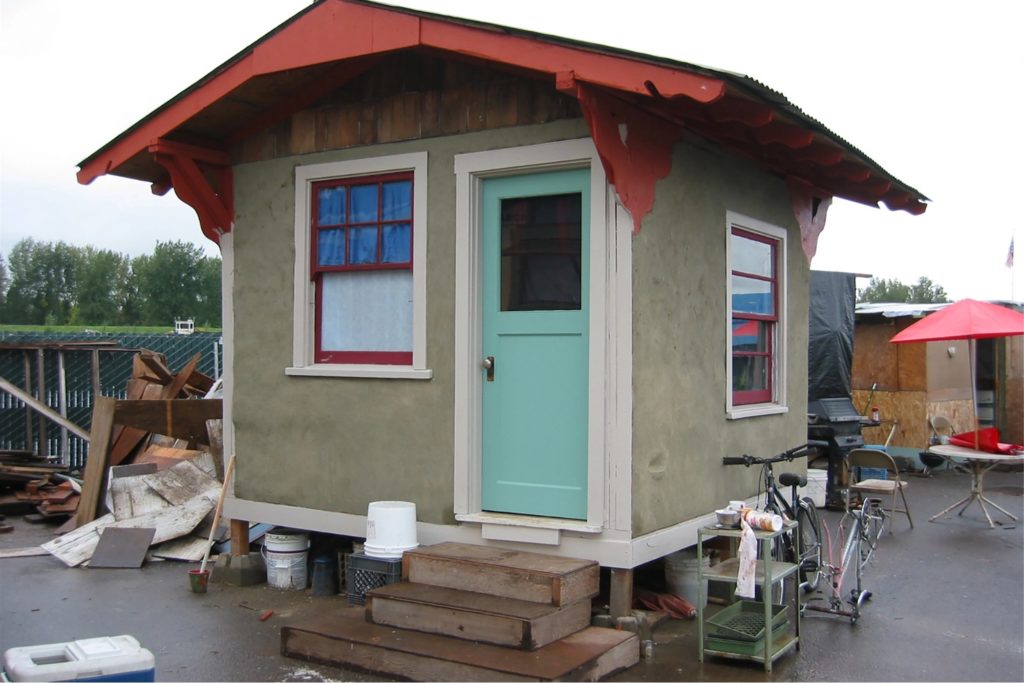
Dignity Village provides residents with access to job training, healthcare, and other services that help them address the underlying issues that led to their homelessness.
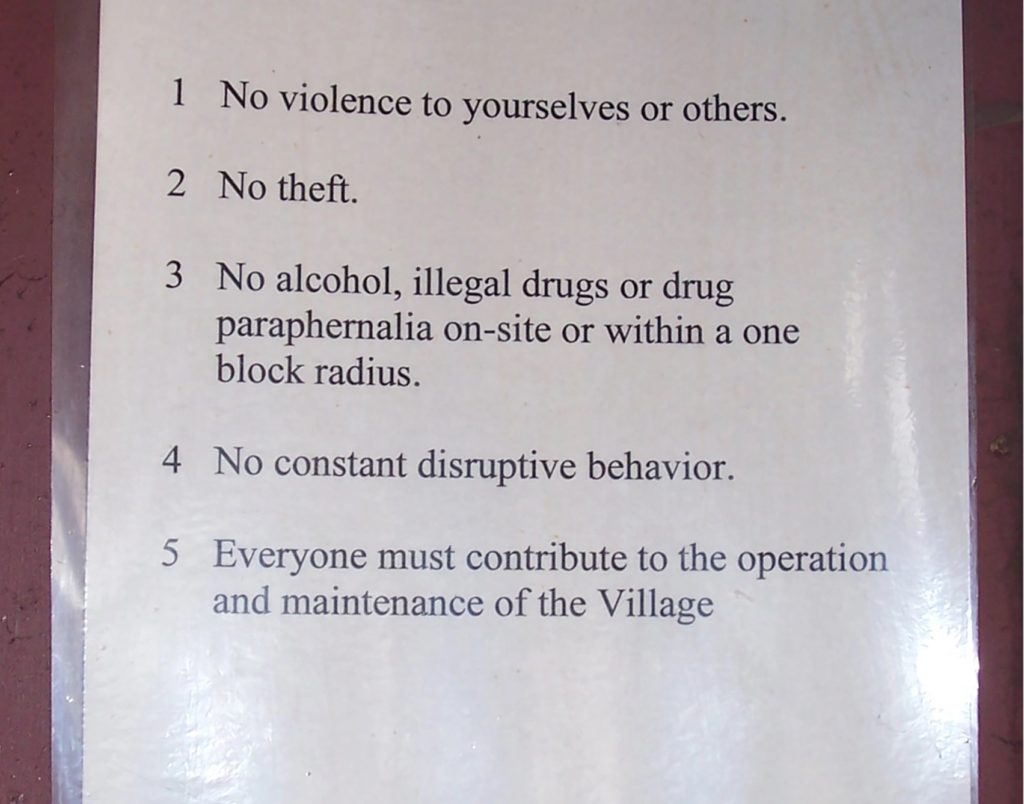
The village is also committed to sustainability, with a community garden, a recycling program, and solar-powered electricity.
Community First! Village, Austin, Texas
Community First! Village is a 51-acre master-planned community that provides affordable housing for people experiencing chronic homelessness. The village was established in 2015 by the non-profit organization Mobile Loaves & Fishes, which had been serving food to people experiencing homelessness for more than a decade.
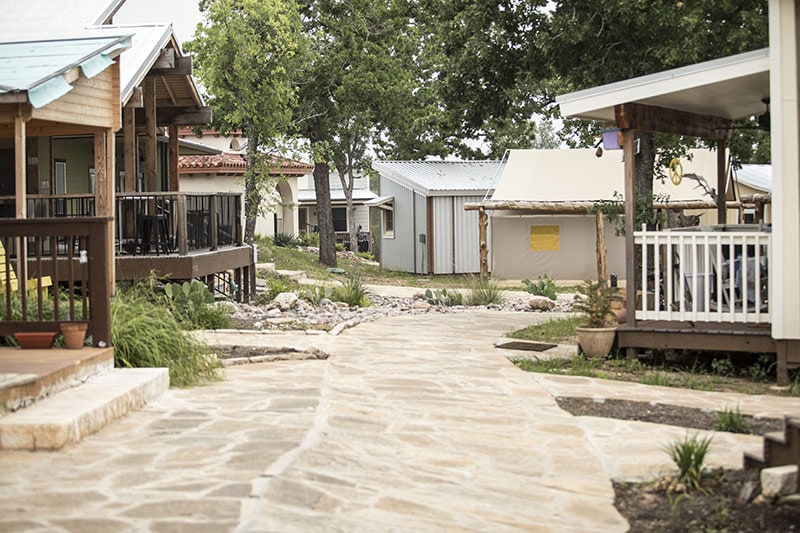
Today, Community First! Village offers a range of housing options, including micro-homes and RVs, as well as support services such as healthcare, job training, and counseling. The village is designed to create a sense of community and belonging, with shared spaces for activities and events.
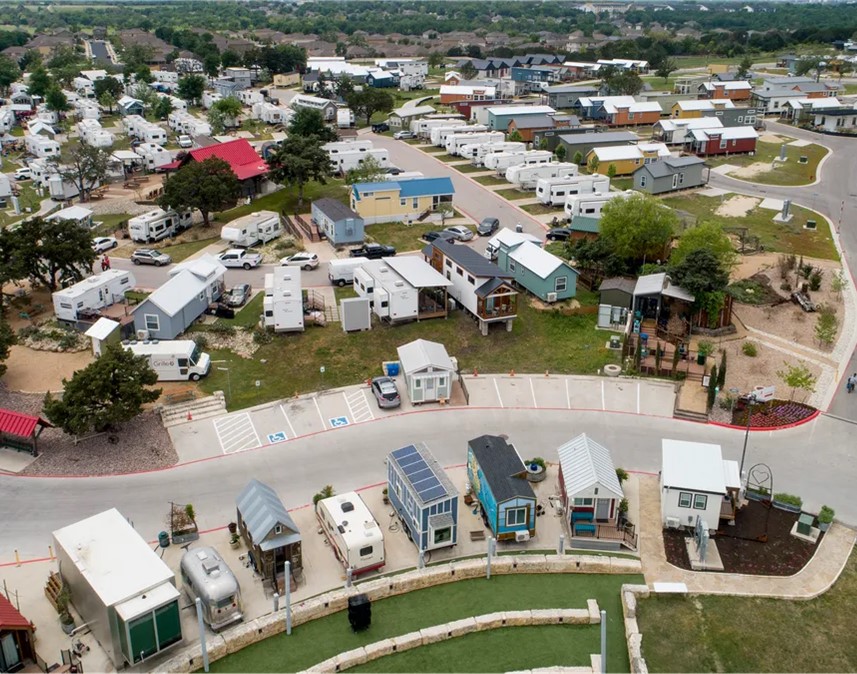
Since its establishment, Community First! Village has helped hundreds of people transition into permanent housing and become self-sufficient. The village has also created jobs for its residents, with on-site businesses such as a blacksmith shop, a pottery studio, and a woodworking shop.
Opportunity Village, Eugene, Oregon
Opportunity Village is a community of tiny homes that provides transitional housing for up to 50 residents at a time. The village was established in 2013 by the non-profit organization SquareOne Villages, which was founded by a group of people who wanted to create alternative housing options for people experiencing homelessness.

Today, Opportunity Village provides residents with access to job training, healthcare, and other services that help them address the root causes of their homelessness. The village also has a community garden, a chicken coop, and other sustainability features.
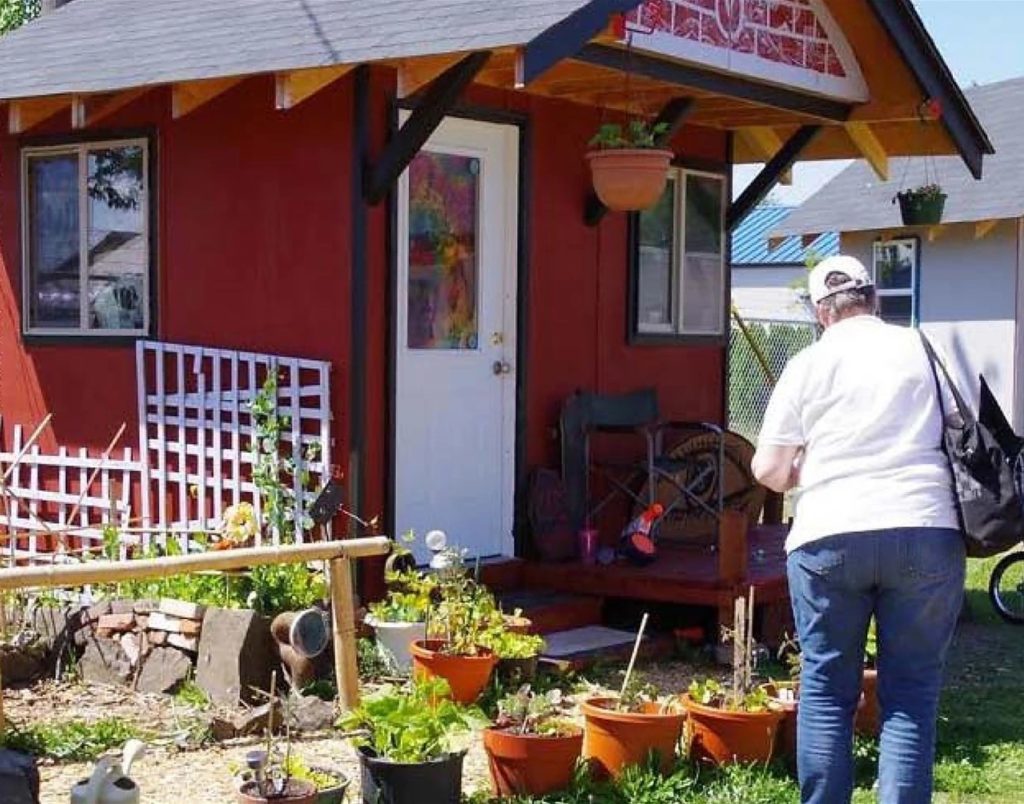
Since its establishment, Opportunity Village has helped dozens of people transition into permanent housing and become self-sufficient. The village has also inspired the creation of other tiny home communities in Oregon and beyond.
Second Wind Cottages, Ithaca, New York
Second Wind Cottages is a community of tiny homes that provides transitional housing for men experiencing chronic homelessness. The village was established in 2014 by the non-profit organization Second Wind Foundation, which was founded by a group of volunteers who were inspired by a trip to Dignity Village in Portland.

Today, Second Wind Cottages provides residents with access to job training, healthcare, and other services that help them address the underlying issues that led to their homelessness. The village also has a community garden and other sustainability features.
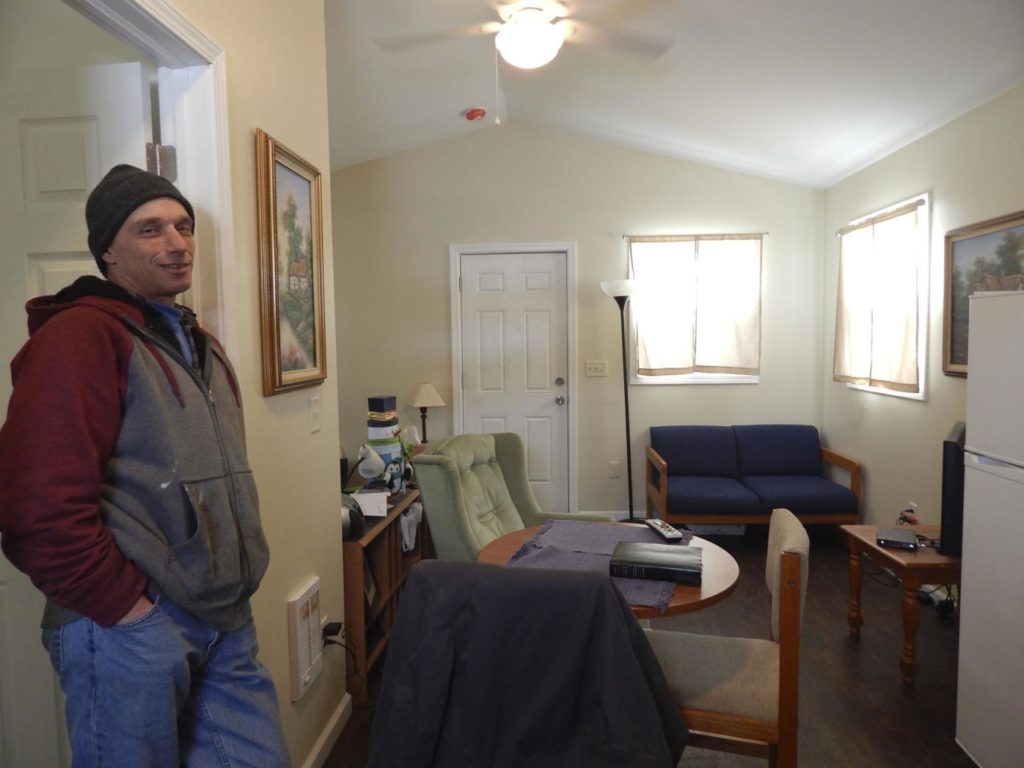
Since its establishment, Second Wind Cottages has helped dozens of men transition into permanent housing and become self-sufficient. The village has also inspired the creation of other tiny home communities in New York and beyond.
In conclusion, homeless villages have the potential to provide a safe and stable community for people experiencing homelessness, as well as access to the services
If you are part of a team trying to meet the challenge of housing and helping the homeless in your community, please check out these four homeless communities and incorporate the best of them into your from day one.
Reach out to the staff and directors of each and ask them questions. They have probably already made the same mistakes your team will encounter but with their help, you might just avoid making them in the first place.
Gary Fleisher, the Modcoach
